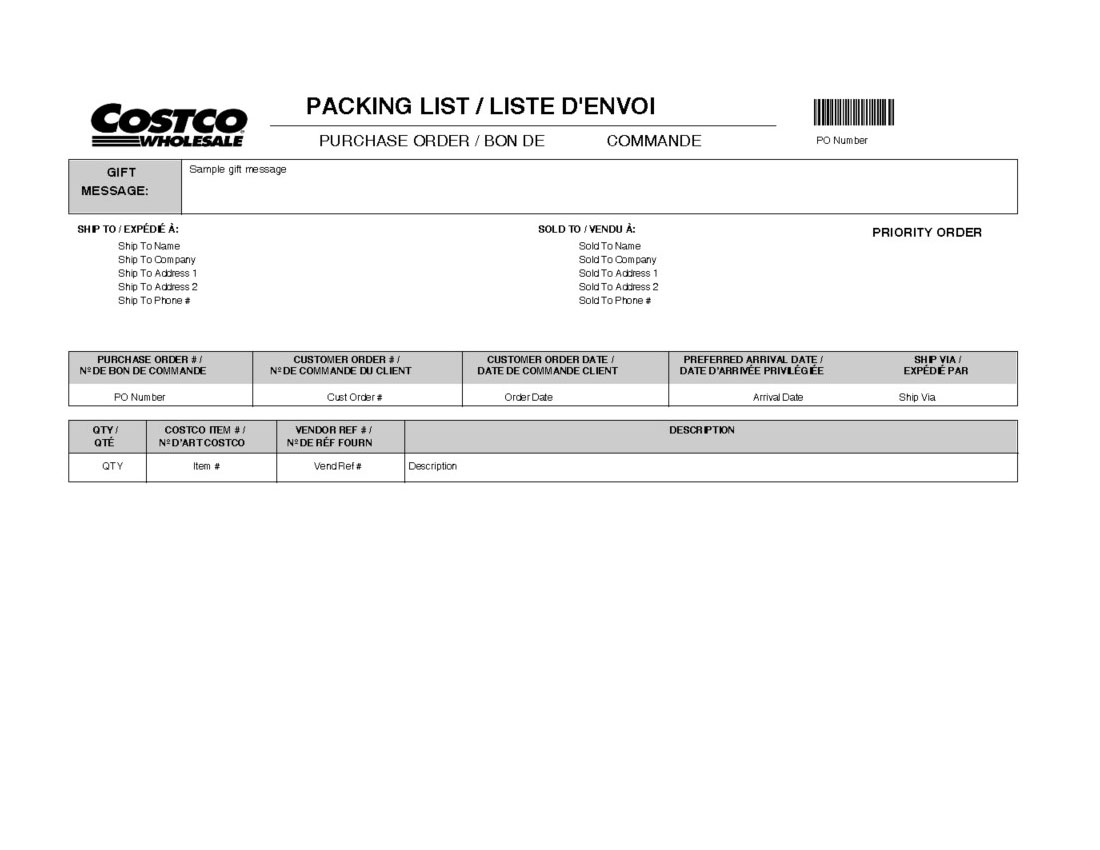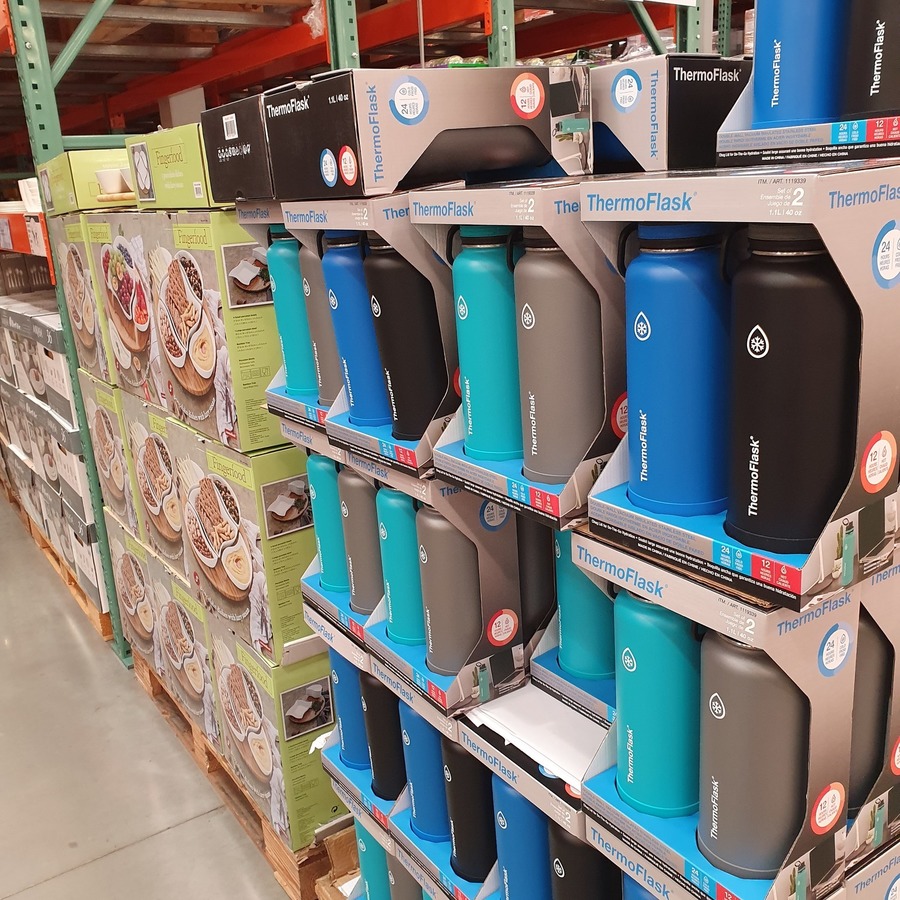


You don’t have to worry this in apps such as Apple Photos, Adobe Photoshop Lightroom, and Alien Skin Exposure X. To re-edit the file, open the PSD, make your changes and then save a JPEG from the native file. To avoid this in apps such as Adobe Photoshop, the Photoshop Elements Editor, Affinity Photo, or Pixelmator, save JPEG (1) in the app’s native file format (say, PSD) to preserve quality. However, if you open JPEG (2nd gen), edit it and then save it as a JPEG (3rd gen), you’re well on your way to creating pixel pudding.

It’s also practically impossible to spot quality loss on a second generation JPEG-say, you edit the original JPEG (1st gen) your camera or scanner captured and then save it as a JPEG (2nd gen) at the highest quality-which is why it’s the preferred format for uploading to online printing services and stock photography agencies. In fact, a JPEG saved at the highest quality from your scanner is indistinguishable from a TIFF. Happily, apps that let you save files as a JPEG also let you specify quality level, so you can control how much detail is lost.


 0 kommentar(er)
0 kommentar(er)
